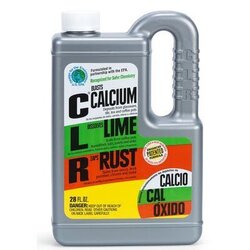I have a stovetop kettle I keep on top of my insert to provide moisture for the house. Works great.
My issue is that I want to clean out inside of it and there is a hard layer of brown crap in it. Sediment? I don't know. But it is VERY hard to clean out.
Any experienced members know how I can/should do this?
My issue is that I want to clean out inside of it and there is a hard layer of brown crap in it. Sediment? I don't know. But it is VERY hard to clean out.
Any experienced members know how I can/should do this?



